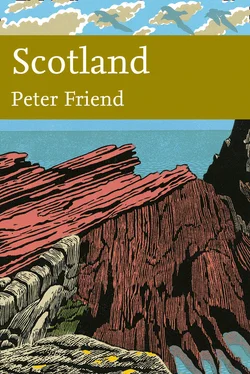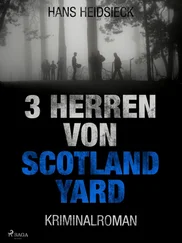1 ...8 9 10 12 13 14 ...24 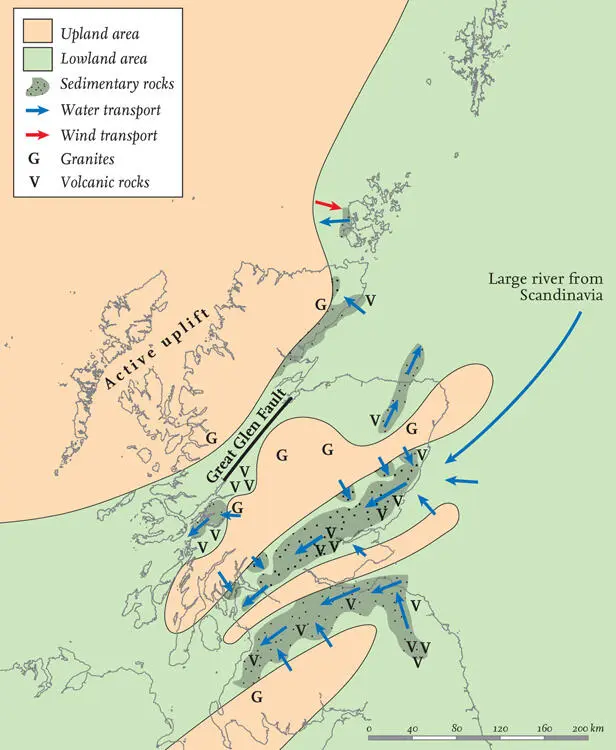
FIG 27.Geography of Scotland during deposition of the Lower Old Red Sandstone. (After Trewin 2002)
It seems likely that many of the late Silurian and early Devonian sediments and igneous rocks accumulated in distinct subsiding basins, separated by a series of northeast/southwest-trending uplifting areas that formed during the later phases of the Caledonian mountain building. Although much of the sediment in these basins was derived locally from these actively moving uplands, there is evidence that some of it was transported here by large rivers flowing from other areas of active movement in Scandinavia. The fact that the Lower Old Red sediments are predominantly non-marine in nature shows that most of the crustal surface of Scotland had been raised above sea level by this time ( Fig. 27).
POST-CALEDONIAN EPISODES
Episode 7: formation of the middle to late Devonian, Carboniferous and Permian
It is convenient to group together as one episode the deposition of the Middle and Upper Old Red Sandstone (Devonian), the rocks of the Carboniferous and those of the Permian. The total time period represented by these units extends from about 395 to 290 million years ago, by which time Scotland had moved north to equatorial latitudes. The rocks of this episode consist largely of mudstones and sandstones, deposited by rivers in lakes, on coasts and in shallow seas. They vary considerably in age and extent, lying on the eroded top of the deformed Caledonian bedrock and often reaching thicknesses of many kilometres.
Although there is plenty of evidence of internal earth movements during this episode, their intensity and regional geography indicates a change from the strongly compressive regime associated with the Caledonian mountain building and the closing of the Iapetus Ocean (Episodes 4 to 6). By the mid-Devonian, extension had begun through much of Scotland, resulting in the formation of subsiding basins. The Middle Old Red Sandstone formed in a particularly large basin often referred to as the Orcadian Lake Basin ( Fig. 28). This extensional tectonic regime continued to characterise Scotland during much of the Carboniferous.
During the Devonian and Permian, sandy, wind-blown dune fields and evaporating groundwater conditions existed at times when local deserts developed under arid climatic conditions. The Carboniferous by contrast lacks evidence of such arid climates: river mouths were often deltaic, and the regular movement of river channels deposited distinctive cycles in the sedimentary succession, consisting of vertical changes in sediment type – most obviously between sheets of sandstone and mudstone. Limestones are also sometimes dominant where sources of sand and mud were absent. Coal-forming conditions developed repeatedly during the Carboniferous, particularly in parts of what is now the Midland Valley, and hydrocarbon-bearing mudstones were briefly but vigorously exploited west of Edinburgh. Both these had an important influence on economic and social development both locally and nationally. Carboniferous limestones, ironstones and certain sandstones have been economically important as well, at least in local terms.
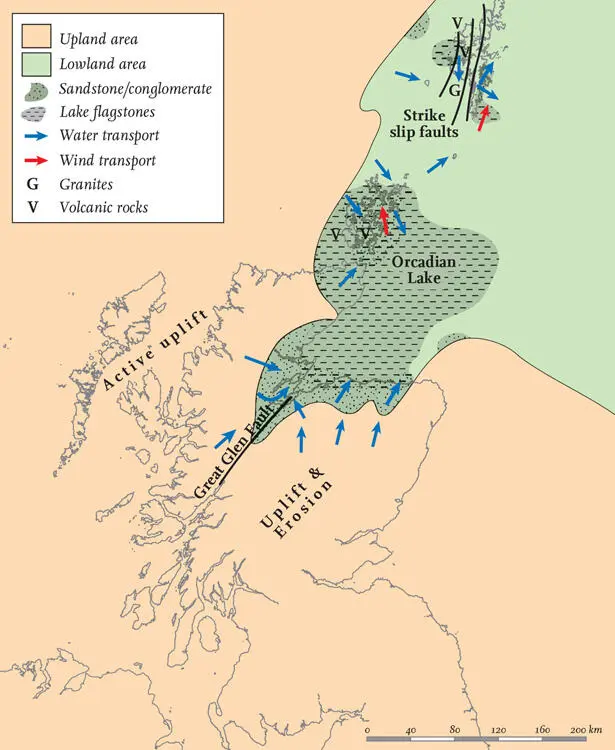
FIG 28. Geography of Scotland during Middle Old Red Sandstone times. (After Trewin 2002)
Because of their economic significance, many of the Carboniferous deposits formed in this episode have been studied in great detail: tracing individual marker beds and attempting to date them by painstaking analysis of the fossil fauna and flora contained within them. This work has revealed that the Carboniferous sediments were deposited in large numbers of subsiding basins, usually only a few kilometres or tens of kilometres across ( Fig. 29). These basins formed due to vertical movements of the Earth’s crust along faults, the continued activity of which caused thickening and thinning of the sediments as they accumulated.
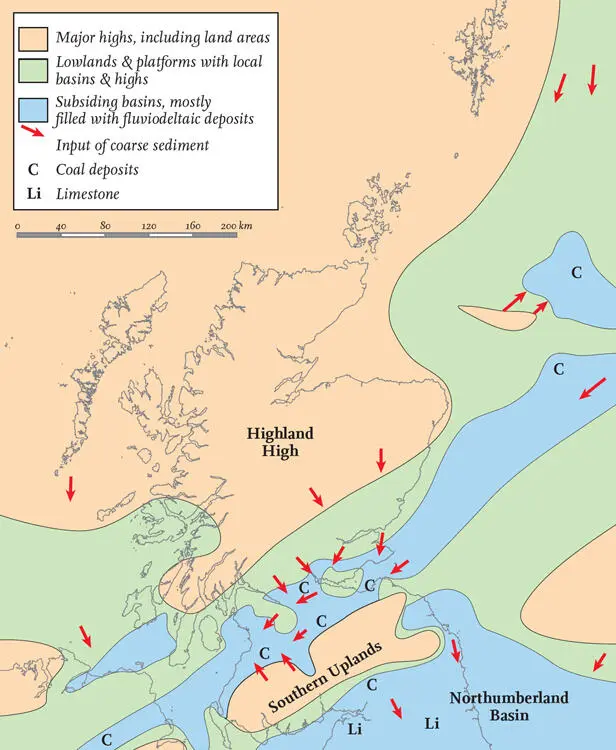
FIG 29. Geography of Scotland during early Carboniferous times. (After Trewin 2002)
As well as sedimentation, this episode also involved considerable Carboniferous igneous activity, creating volcanoes and extensive lava fields and injecting large bodies of molten rock into the crust. This igneous bedrock has had a profound effect on the present-day landscape of the Midland Valley, and also on parts of the Southern Uplands. The weathering and erosion of the landscape has preferentially picked out the igneous bedrock because it is generally more resistant than the neighbouring sediments.
The Variscan mountain building ( Fig. 25) is clearly represented in southwestern England and southern Ireland. In Scotland, it appears to be represented only by a change from Carboniferous deltaic sedimentation to undoubtedly freshwater or aeolian sedimentation in New Red Sandstone times, ushering in the Mesozoic.

FIG 30. Geography of Scotland and its surroundings during the Jurassic.
Episode 8: Mesozoic sedimentation
There are only relatively small volumes of Mesozoic sediment preserved as bedrock within the land area of modern-day Scotland, but large offshore areas of the sea bed are underlain by sediment of this age. The simple explanation for this is that the approximate map-shape of present-day Scotland was already becoming established by the beginning of the Mesozoic, resulting in extensive erosion of much of today’s landmass, followed by deposition in areas that are still offshore. Reconstructions of the geography of Jurassic times, say 175 million years ago, show an upland area roughly the shape of present-day eastern and northern Scotland. This area was surrounded by basins along the Hebridean and Atlantic margins to the west and by the North Sea to the east, into which sediments accumulated ( Fig. 30). Conditions varied between the areas of accumulation, but this broad pattern continued from the Triassic, through Jurassic and Cretaceous times.
The sandstones and mudstones of the Triassic are often red due to oxidisation of their iron minerals, indicating a dry, desert-like climate. Conditions at this time were influenced partly by the global climate, but also by the general pattern of plate movement which, by the end of the Triassic, saw Scotland at about 30 degrees north – equivalent to the present-day latitude of the Canary Islands.
In Jurassic times, where river deltas fed into shallow seas, a wide variety of rock types was deposited: mudstones, sandstones and limestones, along with rare ironstones and coals. Organic material – largely algal – formed locally in some of the muddy seas and was particularly abundant in the case of the Late Jurassic Kimmeridge Clay. This unit has been the main ‘source rock’ for the North Sea hydrocarbons that have had such a critical influence on the British economy over the last 40 years. Key points in the trapping and preservation of the hydrocarbons are the presence of sandstone with a suitable porosity, and earth movements that have subsequently stretched the crust, faulting it to seal the hydrocarbon reservoirs. Meanwhile, fault-related Jurassic landslide deposits are a spectacular feature of outcrops on one stretch of the east coast of the northern Highlands (see Areas 16 and 17), while in some parts of the Hebrides Jurassic sandstones have provided resistant bedrock that has influenced the development of the landscape.
Читать дальше
